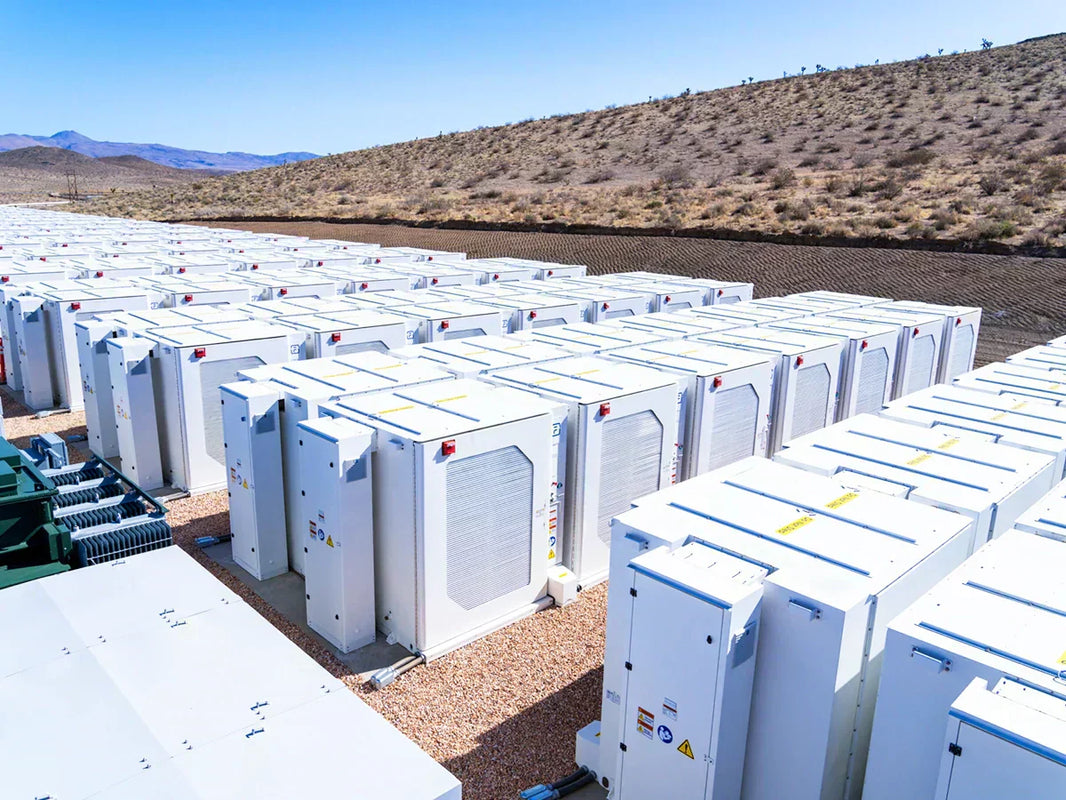
Wind is air moving horizontally, and the movement of air is mainly caused by the difference in the intensity of solar radiation received by each latitude on the earth. In the equator and low latitude areas, the sun’s altitude angle is large, the sunshine time is long, the solar radiation intensity is strong, the ground and the atmosphere receive more heat, and the temperature is higher; in high latitude areas, the sun’s altitude angle is small, the sunshine time is short, the ground and the atmosphere The heat received is small and the temperature is low. This difference in temperature between high latitude and low latitude creates a pressure gradient that causes the air to move horizontally.
The kinetic energy of the air flowing in the horizontal direction is called wind energy. Wind energy is caused by solar radiant heat. When solar radiation energy passes through the earth’s atmosphere, the atmosphere absorbs approximately 2×1016 watts of energy, and a small part of it is converted into kinetic energy of the air. It is estimated that although only about 2% of the solar energy reaching the earth is converted into wind energy, the total amount is still considerable. The global wind energy is about 2.74×109 Mw, of which the available wind energy is 2×107 MW, which is 10 times larger than the total amount of hydropower that can be developed and utilized on the earth.
Wind energy resources are determined by the density of wind energy and the accumulated hours of wind energy available per year. Wind energy density is the wind power available per unit area facing the wind, which is proportional to the power of the wind speed and the air density. If ρ is the density of the flowing air and v is the speed of the air, the kinetic energy of the air flowing per square meter area is 12ρv3 , which is referred to as the wind energy density and the unit is W/m2 . Wind energy density is an important parameter for estimating wind energy reserves. The air density used in wind energy calculation is related to factors such as air pressure, temperature, and altitude. In general calculations, when the altitude is below 500m, the air density at normal temperature and standard atmospheric pressure can be taken as 1.225k/m3 . When the altitude is higher than 500m, the change of air density must be considered. The air speed in the wind energy calculation formula changes with height and time. When estimating wind energy reserves, the wind energy reserves at a height of 10m above the ground are generally calculated. Therefore, the wind energy storage does not refer to the wind energy storage in the entire atmosphere or the near-surface layer. As the wind speed changes at any time, it is necessary to first determine the number of blowing times of various wind speeds in a year (or many years) in an area to calculate the annual average wind energy density in the area. Then calculate the total number of wind energy conversion devices that can be installed in the area and the total sweep area of the wind turbines based on the area of the area, the swept area of the wind turbine of the wind energy conversion device and the technical requirements. Then multiply by the average wind energy density in the area to calculate the wind energy reserves in the area. According to this method, China's theoretical onshore wind energy reserves are 3.226 billion kW. The actual onshore wind energy reserves that can be developed and utilized are 233 million kW, and the offshore wind energy reserves that can be developed and utilized are about 750 million kW. The sum of the two is more than 1 billion kW, which is about 2.5 times of China’s total hydropower development of 402 million kW .

According to estimates, the world's total wind energy is about 130 billion kilowatts, and the world's available wind energy reserves reach 20 billion kW, which is 10 times larger than the world's total available water energy. Wind energy is huge. In theory, only 1% of wind energy can meet global human energy needs. The use of wind energy is mainly to convert the kinetic energy of atmospheric movement into other forms of energy, and its specific uses include: wind power generation, sailing aids, windmills to lift water, wind heating and so on. Among them, wind power is the most important form of wind energy utilization. As of 2008, the world's electricity generated by wind power was approximately 94.1 million kilowatts, and the supply of electricity has exceeded 1% of the world's consumption. Although wind energy is not the main energy source for most countries, it has grown more than four times between 1999 and 2005.
Wind energy can be extracted by windmills. When the wind blows the wind wheel, the wind drives the wind wheel to rotate around its axis, so that wind energy is converted into mechanical energy. The amount of wind energy conversion is directly proportional to the air density, the area swept by the wind wheel, and the square of the wind speed. The mass flow of air traverses the area swept by the wind wheel and changes with the wind speed and the density of the air. For example, on a cool day at 15°C (59°F), the air density at sea level is 1.22 kg per cubic meter (the air density decreases when the humidity increases). When the wind blows over a 100-meter-diameter rotor at a speed of 8 meters per second, it can make 1,000,000 kilograms of air pass through the area swept by the rotor every second. The kinetic energy of a given mass is proportional to the square of its velocity. Because the mass flow increases linearly with the wind speed, the effective use of wind energy for the wind wheel will be proportional to the cube of the wind speed; in this example, the power of the wind blowing the wind wheel is approximately 2.5 megawatts. 1% to 3% of the solar energy absorbed by the earth is converted into wind energy, which is equivalent to 50 to 100 times that of all plants on the earth absorbed solar energy through photosynthesis and converted into chemical energy. You will find the energy of the wind when you get up high in the sky, where there are strong winds with a speed of more than 160 kilometers (160km/h 100mph for 100 miles). The energy of these winds is finally released in various thermal energy ways due to friction with the earth's surface and the atmosphere.

Wind energy reserves are huge and it is a clean, inexhaustible and sustainable renewable energy source. Therefore, under the current situation of depletion of fossil energy and serious pollution of the ecological environment, it has become one of the global energy development and utilization. Great hot spot.
















